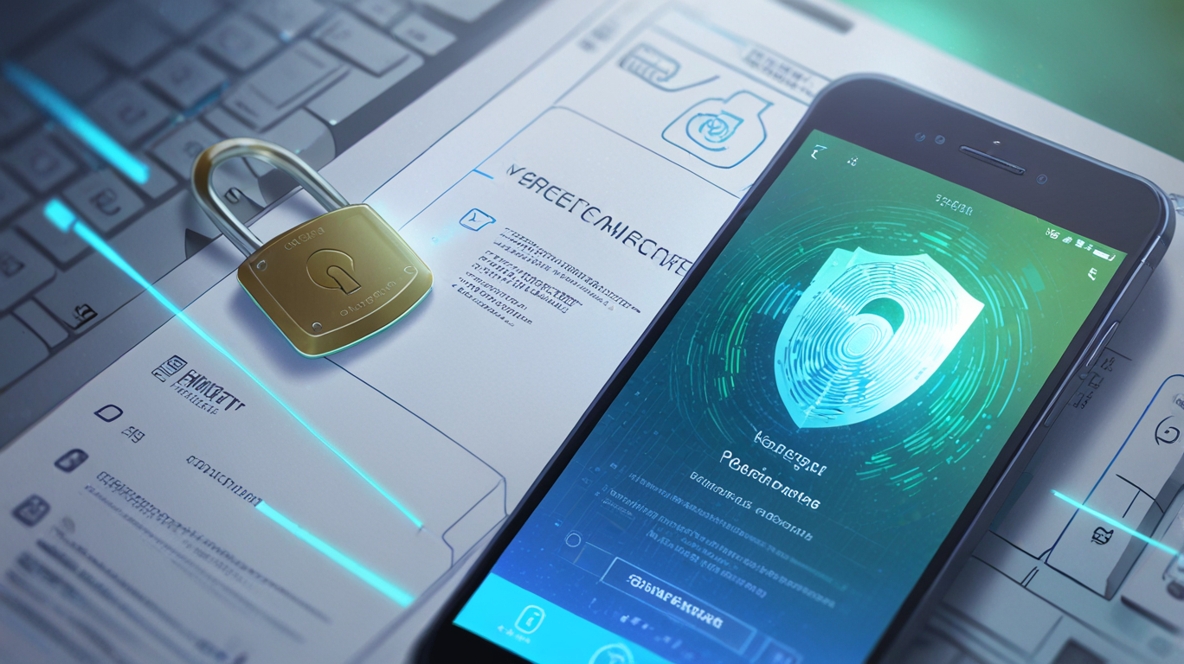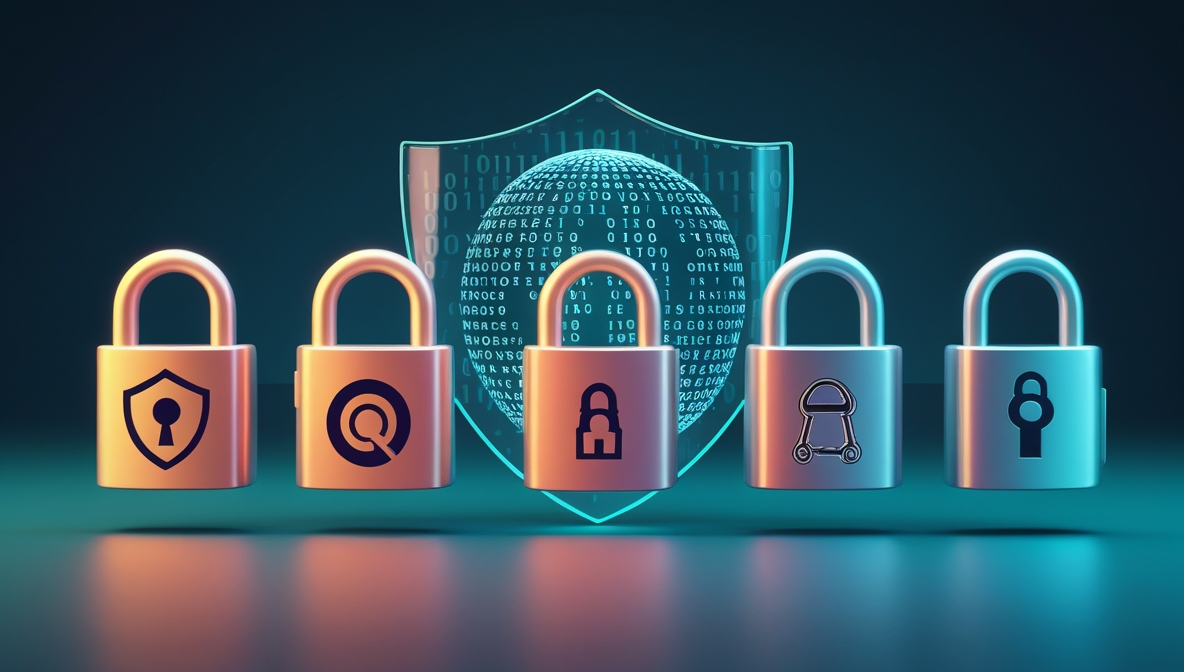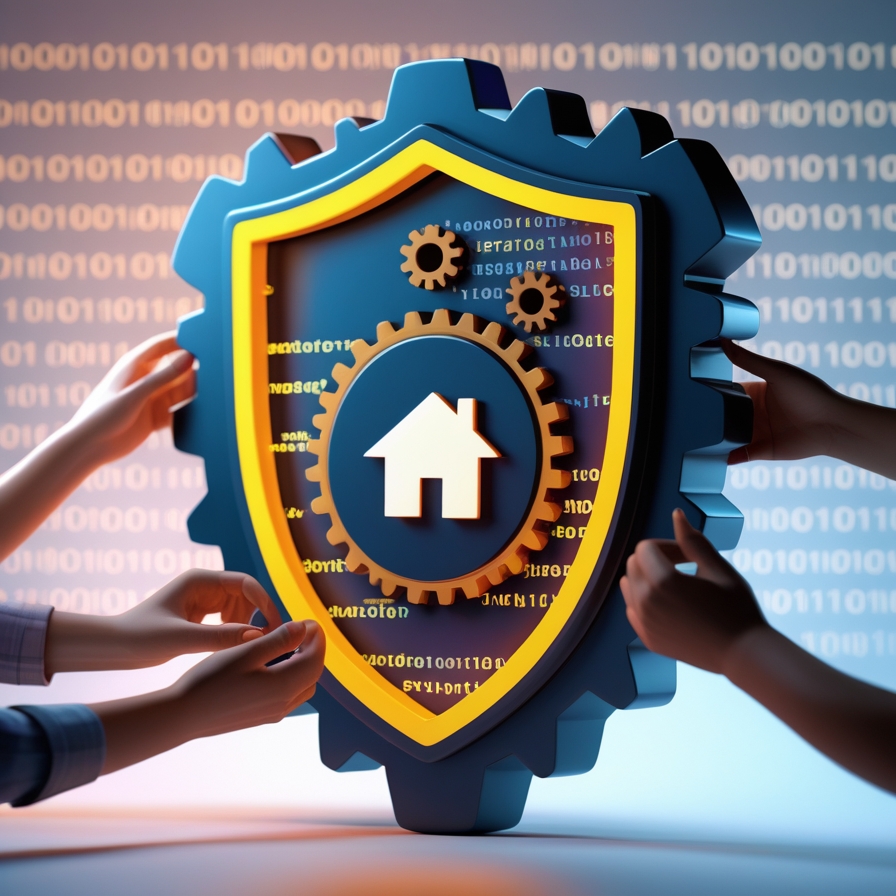Introduction: The Fragility of Passwords
In an era where over 80% of data breaches stem from compromised passwords , the limitations of traditional authentication are glaringly evident. Two-factor authentication (2FA) has emerged as a fundamental defense mechanism, transforming digital security from a single point of failure into a layered fortress. By requiring two distinct verification factors, 2FA ensures that stolen credentials alone are insufficient for unauthorized access, effectively neutralizing the most common attack vectors plaguing individuals and enterprises today .
The Evolution and Mechanism of 2FA
Core Principles
2FA operates on a simple yet powerful premise: combine something you know (password/PIN), something you have (smartphone/hardware token), or something you are (fingerprint/face scan) . This multi-category verification creates a dynamic barrier:
-
Initial Login: User enters username/password.
-
Secondary Verification: System requests proof via a second factor (e.g., code sent to a mobile device).
-
Access Grant: Only after both factors are validated is access permitted .
2FA vs. MFA: Clarifying the Landscape
While often used interchangeably, 2FA is a subset of multi-factor authentication (MFA). The distinction lies in the number of steps:
-
2FA: Exactly two verification factors.
-
MFA: Two or more factors, often deployed in high-security environments (e.g., government, healthcare) .
Why 2FA Matters: Key Benefits
-
Neutralizing Stolen Credentials
-
Even if passwords are phished or brute-forced, attackers cannot bypass the second factor. Microsoft reports that 2FA blocks 99.9% of automated account attacks .
-
-
Thwarting Phishing and Social Engineering
-
Unlike passwords, possession factors (e.g., push notifications) cannot be easily replicated or intercepted via fake login pages .
-
-
Regulatory Compliance and Trust
-
Mandates like PCI DSS, HIPAA, and PIPEDA require 2FA/MFA for accessing sensitive data. This not only avoids penalties but also bolsters user confidence .
-
-
Cost-Effectiveness
-
Implementing 2FA costs significantly less than data breach fallout, which averages $5.17 million per incident .
-
-
Adaptability to Modern Workflows
-
Supports secure remote work by enabling access verification from any location without compromising security .
-
Common 2FA Methods: Strengths and Weaknesses
Table: Comparison of Primary 2FA Methods
| Method | How It Works | Security Level | User Experience | Key Risks |
|---|---|---|---|---|
| SMS/Call | Code sent via text/voice call | Moderate | Convenient | SIM swapping; interception |
| Authenticator Apps | Time-based codes (e.g., Google Authenticator) | High | Quick setup | Device loss/theft |
| Push Notifications | Login approval via app (e.g., Duo) | High | Seamless | MFA fatigue attacks |
| Hardware Tokens | Physical device (e.g., YubiKey) | Very High | Less portable | Loss; costly distribution |
| Biometrics | Fingerprint/face recognition | Very High | Frictionless | Spoofing (rare) |
-
SMS Vulnerabilities: While user-friendly, SMS is susceptible to interception and SIM-jacking. NIST deprecated it for high-risk scenarios in 2016 .
-
Push Notification Risks: "MFA fatigue" attacks bombard users with approval requests until they accidentally accept one .
-
Biometric Advancements: Facial recognition and fingerprints offer balance between security and convenience but require specialized hardware .
Challenges and Mitigation Strategies
-
User Resistance and Friction
-
Problem: Longer login processes can frustrate users.
-
Solution: Offer multiple 2FA options (e.g., biometrics for speed, apps for security) and "remember device" features .
-
-
Implementation Complexities
-
Problem: Dependency on third-party services (e.g., telecoms for SMS).
-
Solution: Use offline-compatible methods like authenticator apps and FIDO2 security keys .
-
-
Emerging Attack Vectors
-
Problem: "MFA fatigue" and token theft.
-
Solution: Enable number matching (requiring manual entry of codes) and limit authentication attempts .
-
Beyond Traditional 2FA: The Future of Authentication
-
Passwordless Systems: Standards like FIDO2 replace passwords with cryptographic keys stored on devices, using biometrics as unlock mechanisms .
-
Adaptive MFA: Analyzes context (location, device, behavior) to dynamically require additional factors only during suspicious activity .
-
Decentralized Identity: Blockchain-based systems where users control verification credentials, reducing reliance on central databases .
Best Practices for Implementation
-
Prioritize High-Value Assets: Enforce 2FA for email, financial systems, and admin panels first .
-
User Education: Train users to recognize fraudulent MFA prompts and report unexpected requests .
-
Phishing-Resistant Methods: Opt for WebAuthn/FIDO keys or biometrics over SMS for sensitive operations .
-
Recovery Protocols: Provide backup codes or secondary devices to avoid lockouts .
Conclusion: 2FA as a Security Imperative
Two-factor authentication is no longer optional; it is the bedrock of responsible digital citizenship. As cyber threats evolve—from credential stuffing to AI-driven phishing—2FA provides a critical countermeasure that adapts to both user convenience and threat complexity. While not infallible, its integration into a broader zero-trust framework significantly raises the barrier against unauthorized access. For individuals and organizations alike, deploying 2FA is a decisive step toward transforming vulnerability into resilience




